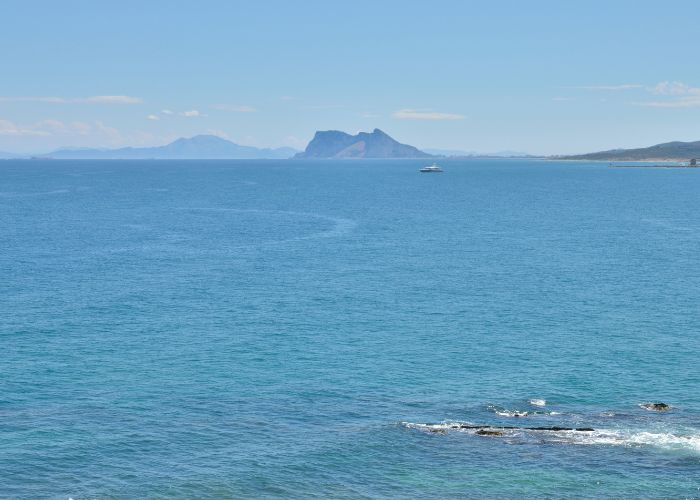MADRID – Spain has made room in its 2023 budget for new studies on the tunnel project in the Strait of Gibraltar. Furthermore, on Thursday, Morocco appointed a director general for the investigation on the Moroccan side.
This association depends on the Ministry of Water. Together, these two acts, according to the newspaper La Razón, are proof that the two countries are determined to revive this project. Morocco confirms its interest in the project and its desire to implement it.
On the Spanish side, the state company SECEGSA (National Agency for the Study of the Strait of Gibraltar) and CETMO (Centre for Western Mediterranean Transport Studies), among others, are investigating the tunnel of the Strait of Gibraltar. SECEGSA is a member of the Moroccan SNED. This Mixed Commission, made up of ten members (5 Spanish and 5 Moroccan), meets at least once every six months. Either in Spain or Morocco. Moreover, the two companies keep each other informed of the progress and results of the investigations.
See also: The US wants to restart the tunnel between Spain and Morocco
After the normalisation of their relations due to Spain’s changed position on Western Sahara, Morocco and Spain agreed to reactivate old projects, including the construction of the railway tunnel that would connect the two sides of the strait. The high cost of the project was an obstacle to its realisation. In La Razón, Jawad Kerdoudi, president of the Moroccan Institute of International Relations, points out that the World Bank, the European Investment Bank, the Arab funds and the African Development Bank were willing to support this project.
Use of gas pipeline tunnel between two countries
Furthermore, the viability of the project could also “favour the tunnel as a gas pipeline between Morocco and Spain. That would allow the transport of gas in both directions.” The expert adds that the area where the tunnel is going to be built is special. “Due to its proximity to three large ports (Algeciras, Tangiers and Tanger Med) and two medium-sized ports (Cádiz and Ceuta). Furthermore, it should also allow the transport of passengers and goods between two terminals with shuttle trains for vehicles and trucks.
The tunnel will be 38.7 km long, of which 27.7 km will be underwater and 11 km underground. The structure will extend between Punta Paloma in Tarifa and Malabata, in the Bay of Tangier. The maximum depth of the tunnel would be 300 metres and with a maximum slope of 3%.
Significant impact on trade relations between Europe and Africa
A tunnel would have a significant and positive impact on trade relations between Europe and Africa. It would increase freight traffic, lead to greater business productivity and promote relocation and creation of companies. It would also add value to the transport development strategy in the Western Mediterranean.
The project corresponds to historical importance, which was endorsed in 1979 by the then-kings Juan Carlos I of Spain and Hassan II of Morocco. They were aware of the geographical importance that this strategic enclave would have in the following decades.
Together with the interests of both countries, this must be supported by the international community, which since the 1980s has given the green light to this type of construction, which requires expert scientific investigation.
When would it be ready?
According to SEGESCA, the tunnel could be completed between 2030 and 2040. Gibraltar was a problem. The depth and the strong currents and winds in the area complicate the project. In addition, it is located on the border between the Eurasian tectonic plates and the Azores-Gibraltar fault. Therefore, that is why the shallower connection between Punta Paloma and Punta Malabata was chosen.
Execution in two phases
The execution and operation would be carried out in two phases: one with a single monotube railway tunnel (for the circulation of AVE and goods) and another with two one-way railway tunnels, which would be deployed if necessary.
Current traffic between Africa and Spain
In 2019, it was estimated that 368,000 trucks transited between the two countries, while the rest of the routes (vehicle traffic) increased by 0.83% to 1,224,000 units. As for ships, it is estimated that some 115,000 transits are made annually.
London wants to move forward
After leaving the European Union, the United Kingdom has considered improving trade relations with Morocco. In this way, the role of the African country could be strengthened. This support increases the possibility of building a tunnel n, because this would also benefit the traffic between goods and tourists from British Gibraltar.


